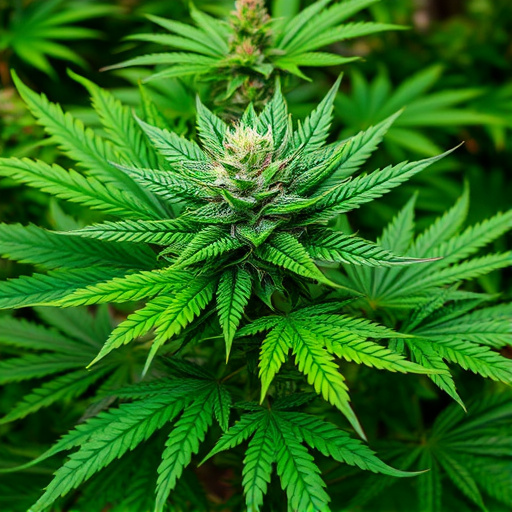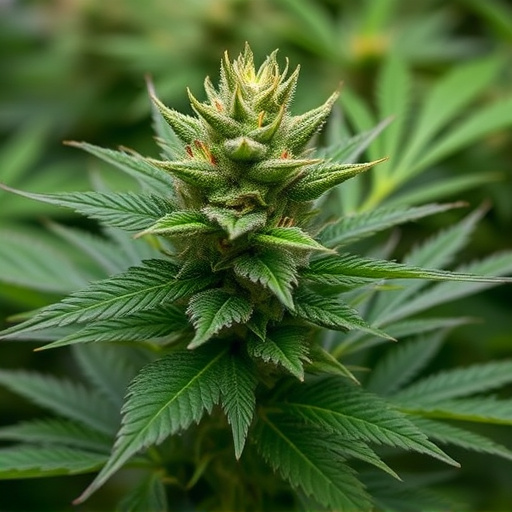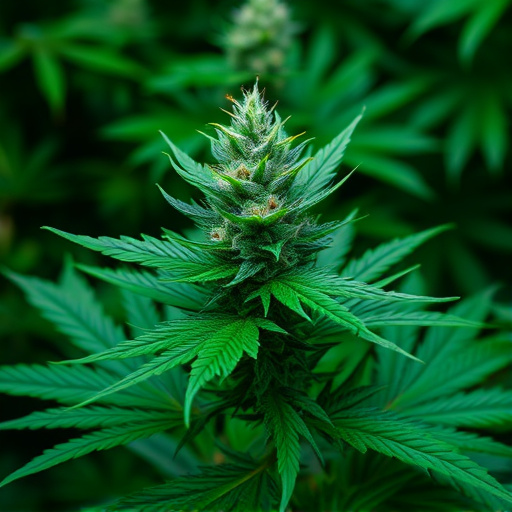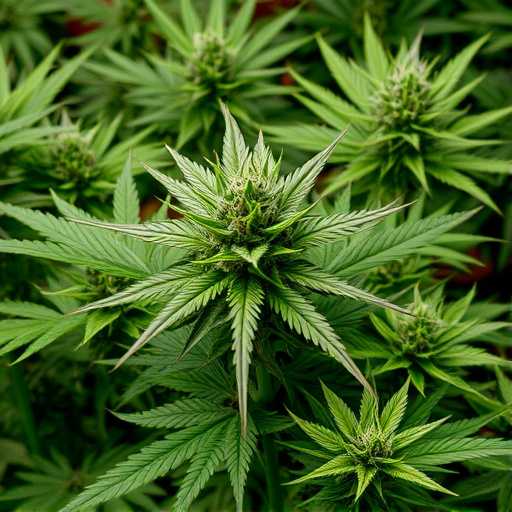Understanding the unique cannabinoid profiles in medical cannabis strains is crucial for safe dosage determination. Tetrahydrocannabinol (THC) and cannabidiol (CBD) ratios significantly impact effects, with high-CBD strains offering anxiety relief and pain management without cognitive impairment. Patients should initiate treatment with microdoses, consider personal factors like metabolism and tolerance, and track intake to avoid risks. Healthcare providers guide patients on dosage interpretation, fostering effective symptom management. Responsible consumption involves tailoring doses based on individual needs, tracking intake, and recognizing responses to specific strains.
“Exploring the safe dosage of cannabis is a complex yet crucial aspect of its growing legitimacy in medicine. With various compounds and terpenes influencing effects, understanding their interactions is key. This article delves into the science behind cannabis, focusing on how to determine safe dosages for specific medical cannabis strains. We examine individual variations, highlighting responsible consumption practices. By considering these factors, patients can navigate the landscape of medical cannabis with confidence and safety.”
- Understanding Cannabis Compounds and Their Effects
- Determining Safe Dosages for Medical Cannabis Strains
- Individual Variations and Responsible Consumption
Understanding Cannabis Compounds and Their Effects
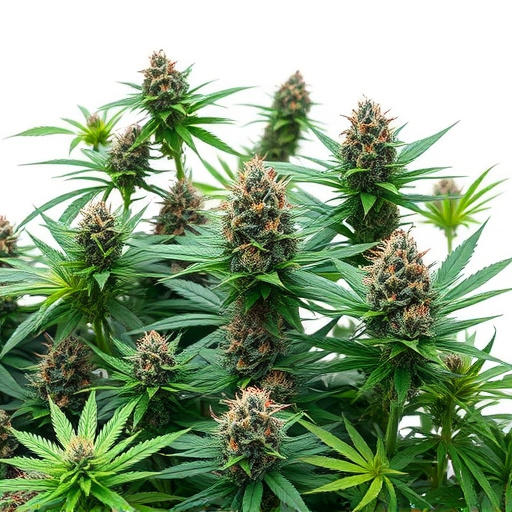
Cannabis is a complex plant containing various chemical compounds, with tetrahydrocannabinol (THC) and cannabidiol (CBD) being the most well-known. THC is responsible for the majority of cannabis’s psychoactive effects, inducing feelings of euphoria and relaxation. On the other hand, CBD has gained significant attention for its potential therapeutic benefits without the mind-altering effects.
Understanding the distinct compounds within medical cannabis strains is crucial when determining safe dosage limits. Different strains vary in their THC to CBD ratios, influencing the desired effects and potential side effects. For instance, high-CBD strains are often sought after for anxiety relief and pain management without the cognitive impairment associated with high-THC varieties. As such, consumers should be aware of these differences to make informed choices, ensuring a safe and beneficial experience when incorporating medical cannabis into their wellness routines.
Determining Safe Dosages for Medical Cannabis Strains
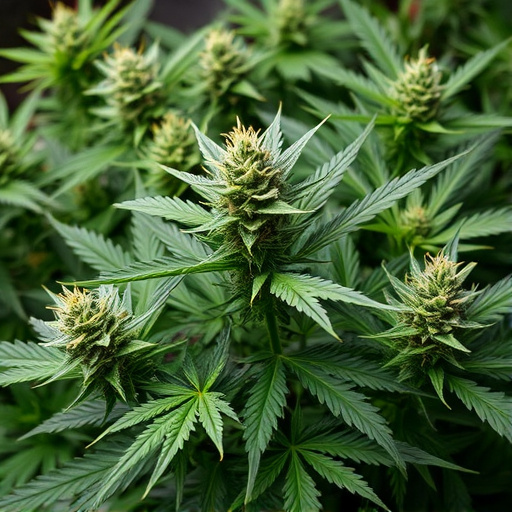
Determining safe dosages for medical cannabis strains involves a nuanced understanding of both the patient’s condition and the specific compounds within the strain. Different conditions may require different cannabinoid profiles, with THC (tetrahydrocannabinol) and CBD (cannabidiol) being the most studied. For example, low-THC, high-CBD strains are often recommended for managing pain and anxiety without the psychotropic effects of higher THC levels. Patients should start with microdoses and gradually increase until they find a balance that provides symptom relief without adverse side effects.
Medical cannabis strains are typically labeled with percentage indicating the concentration of cannabinoids, allowing patients to make informed decisions about their consumption. Healthcare providers can guide patients in interpreting these labels, ensuring they understand the potential effects of different dosages. Regular monitoring and open communication between patient and provider are crucial to finding the optimal dosage for managing symptoms effectively while minimizing risks.
Individual Variations and Responsible Consumption

When it comes to cannabis, there’s no one-size-fits-all approach to dosage, especially when considering its various forms and intended uses. The effects of cannabis can vary significantly from person to person due to individual variations in metabolism, tolerance, and personal sensitivity. Factors like age, weight, and overall health also play a role in how someone might react to different strains of medical cannabis. For instance, a low-THC strain may be suitable for elderly patients or those new to cannabis, while higher THC content might be more appropriate for managing chronic pain or severe nausea in more experienced users.
Responsible consumption is key when exploring the potential benefits of medical cannabis. Start with smaller doses and take time to understand your body’s response. Keep track of intake to identify patterns that work best for specific needs. Remember, different strains have distinct compositions of cannabinoids and terpenes, so what works for one strain may not be ideal for another. By being mindful of individual variations and adopting a responsible approach, users can harness the potential therapeutic effects of cannabis while minimizing risks associated with excessive consumption.
While there’s no universally agreed-upon safe dosage limit for cannabis, understanding its compounds and individual variations allows for responsible consumption. When it comes to medical cannabis strains, determining safe dosages involves considering specific conditions, tolerance levels, and personal reactions. Always consult healthcare professionals for personalized guidance on integrating medical cannabis into your wellness routine.





